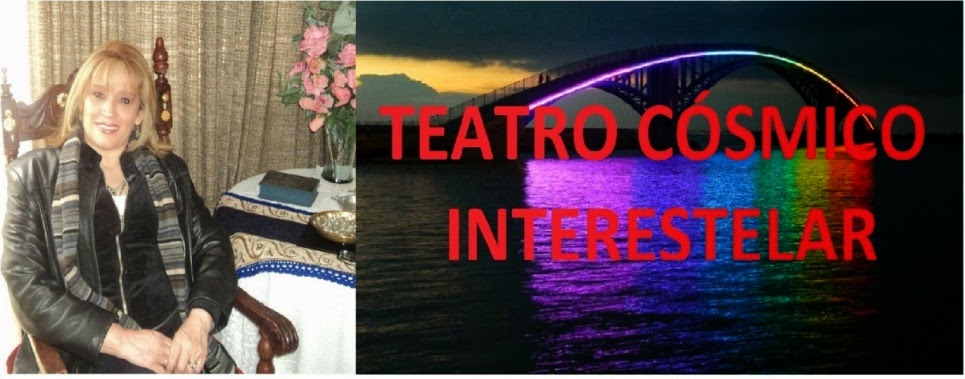| 
| Metallic photos of the sun by renowned photographer Greg Piepol bring together the best of art and science. Buy one or a whole set. They make a stellar gift. | | |
A METEOR SHOWER IN BROAD DAYLIGHT: The annual Arietid meteor shower peaks this week on June 7th and 8th. The Arietids are unusual because they are daytime meteors; the shower is most intense after sunrise. People who wake up early might notice a small number of Arietids during the dark hours before dawn. The real action, however, occurs in broad daylight. Tune into the meteor radar for echoes.
M-FLARE AND RADIATION STORM: This morning around 0641 UT, magnetic fields above sunspot complex 1226-1227 became unstable and erupted. The blast produced an M2-class solar flare, an S1-class radiation storm, and a massive CME. A recording of the blast from NASA's Solar Dynamics Observatory ranks as one of the most beautiful and dramatic movies of the SDO era:
A Youtube video with commentary from solar physicist C. Alex Young of NASA's Goddard Space Flight Center shows material splashing back to the stellar surface. "I've never seen material released this way before," he says in the video. "It looks like someone kicked a clod of dirt in the air--an amazing, amazing event."
Coronagraphs onboard the Solar and Heliospheric Observatory (SOHO) are still monitoring the CME as it billows away from the sun. Watch the cloud expand. The speckles are caused by energetic charged particles hitting the camera's CCD array. This is what we mean by a "radiation storm"; the particles were accelerated by the explosion and are now peppering Earth-orbiting satellites and spacecraft like SOHO.
Although the blast was not squarely Earth-directed, it will affect our planet. The CME should deliver a glancing blow to Earth's magnetic field during the late hours of June 8th or June 9th. High-latitude sky watchers should be alert for auroras when the CME arrives.
HAIR-RAISING SOLAR ACTIVITY: Over the past few days, amateur astronomers have recorded some of the most photogenic solar activity in years. Onlookers describe huge prominences of magnetized plasma rising above the stellar surface as "Unbelievable!"--"Hydrogen at its best"--"Massive and incredible!" This shot was simply hair-raising:
Alan Friedman took the picture from his backyard observatory in Buffalo, New York, on June 5th. "There are more to come," he promises. And why not? The show is still underway. Latest images from NASA's Solar Dynamics Observatory reveal at least three regions of continued activity. Readers with solar telescopes are encouraged to train their optics on the limb of the sun.
Potentially Hazardous Asteroids (PHAs) are space rocks larger than approximately 100m that can come closer to Earth than 0.05 AU. None of the known PHAs is on a collision course with our planet, although astronomers are finding new ones all the time.
On June 7, 2011 there were 1224 potentially hazardous asteroids. Notes: LD means "Lunar Distance." 1 LD = 384,401 km, the distance between Earth and the Moon. 1 LD also equals 0.00256 AU. MAG is the visual magnitude of the asteroid on the date of closest approach.
| The official U.S. government space weather bureau |
| The first place to look for information about sundogs, pillars, rainbows and related phenomena. |
| Researchers call it a "Hubble for the sun." SDO is the most advanced solar observatory ever. |
| 3D views of the sun from NASA's Solar and Terrestrial Relations Observatory |
| Realtime and archival images of the Sun from SOHO. |
| from the NOAA Space Environment Center |
| the underlying science of space weather |
| for out-of-this-world printing and graphics |
|

No hay comentarios:
Publicar un comentario